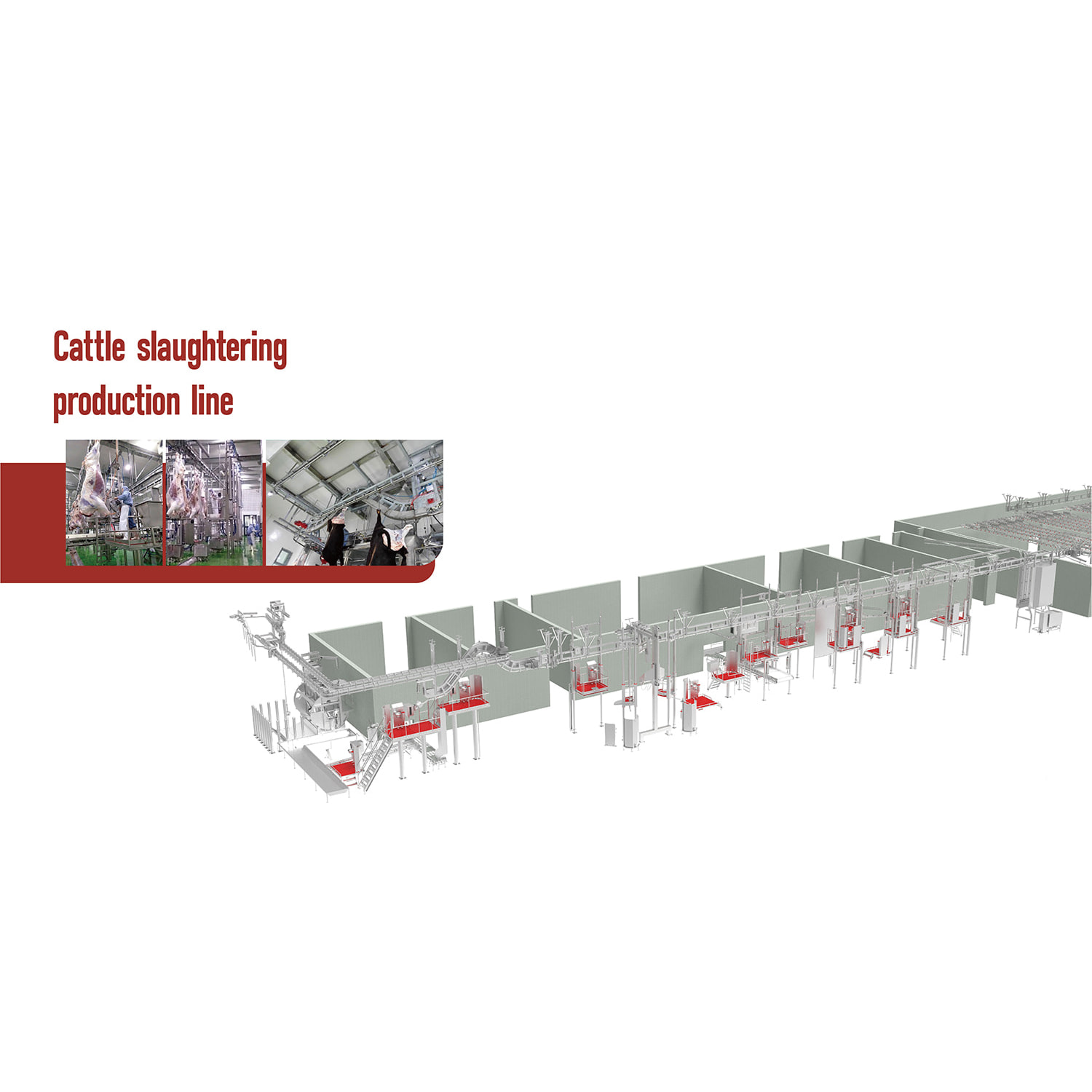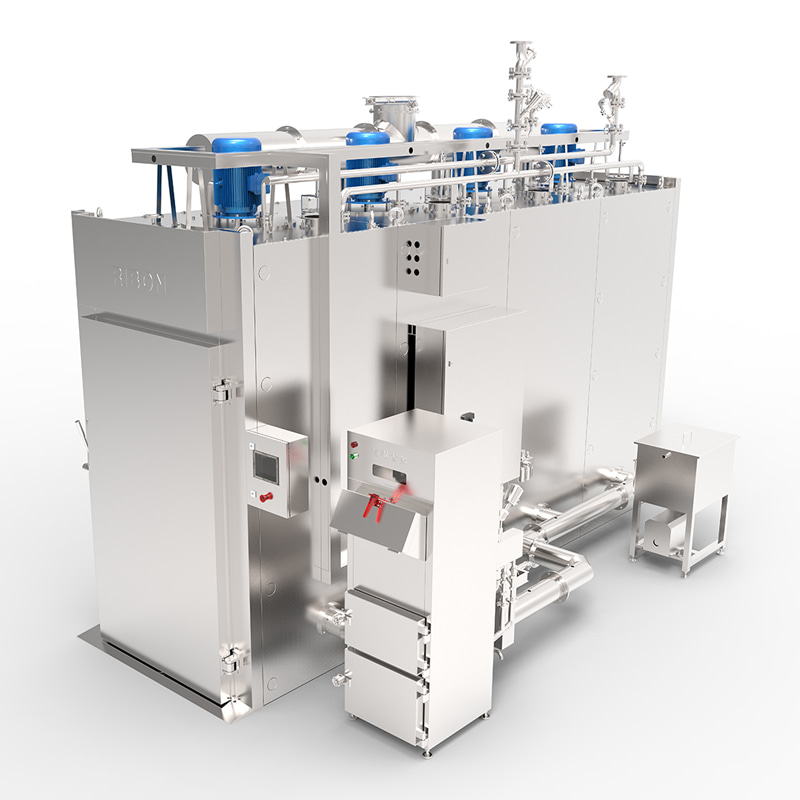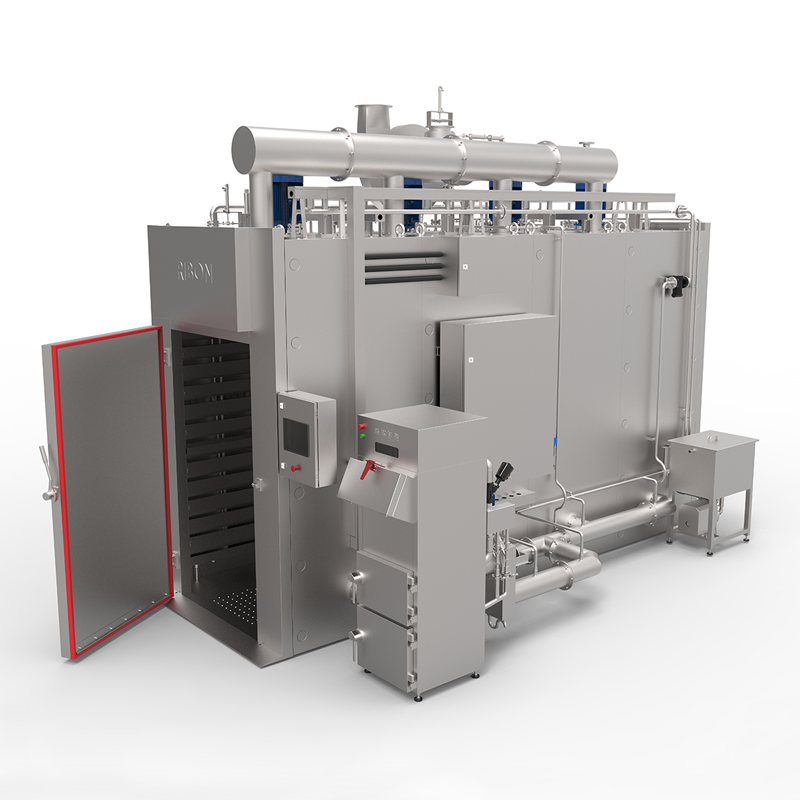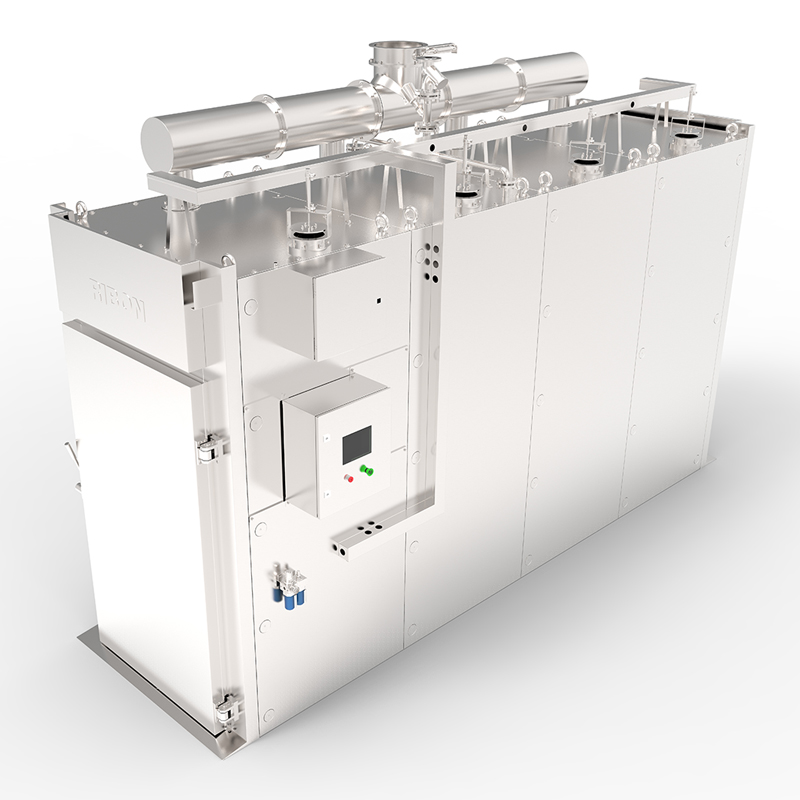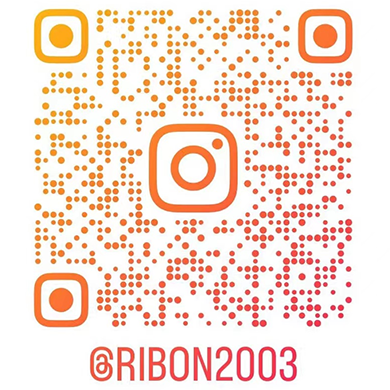In the complex and demanding world of food production, the meat cutting line is a cornerstone of efficiency, safety, and quality. Far more than just a series of cutting boards and knives, the modern meat cutting line is a sophisticated system that integrates advanced technology, specialized machinery, and skilled labor to transform raw carcasses into a wide variety of cuts ready for the consumer market.
Evolution from Manual Labor to Automated Precision
Historically, meat processing was an entirely manual, labor-intensive craft. Master butchers would expertly break down carcasses by hand, relying on their immense skill, precision, and knowledge of anatomy. While this manual approach produced high-quality results, it was slow, inconsistent, and posed significant ergonomic and safety risks.
The advent of the industrial revolution and the subsequent drive for mass production led to the development of the linear disassembly process. This fundamentally changed the industry, with workers specializing in a single, repetitive task as a carcass moved down a line. Today, the modern meat cutting line has evolved even further, moving beyond simple linear processing to incorporate automation, robotics, and data-driven insights. This shift has not only boosted output but has also addressed many of the challenges associated with manual work.
Key Components and Stages of a Meat Cutting Line
A typical meat cutting line is a multi-stage system designed for maximum yield and efficiency. The process can be broken down into several key stages:
- Primary Breakdown: This initial stage involves dividing the full carcass into large, fundamental sections known as primal cuts (e.g., shoulders, loins, legs). This is often done using large saws and breaking knives, with automation playing an increasing role in ensuring consistency.
- Secondary Cutting and Deboning: This is where the primal cuts are further processed into sub-primal and retail cuts. Here, a combination of manual skill and automated equipment comes into play. Human workers use specialized knives for intricate deboning and trimming, while machines handle more repetitive and precise portioning tasks.
- Trimming and Portioning: This stage focuses on removing excess fat, connective tissue, and bone. High-speed slicing and portioning machines can cut steaks, chops, and roasts to exact specifications, ensuring uniform weight and size, which is critical for consistent packaging and consumer expectations.
- Quality Control and Inspection: Throughout the process, advanced sensors and vision systems monitor the meat for quality, color, and contamination. Any deviations from standards are automatically flagged or removed, guaranteeing food safety and product integrity.
The Role of Technology and Automation
The integration of technology has been a game-changer for the meat cutting line. Robotic systems equipped with computer vision can now perform tasks like deboning and portioning with a level of precision and consistency that is difficult to replicate with human labor alone. These technologies are especially valuable for highly repetitive tasks, which can reduce worker fatigue and injury.
Furthermore, data analytics and sophisticated software allow processors to optimize the entire line. By analyzing real-time data on yield, waste, and throughput, managers can make informed decisions to improve efficiency and profitability. This not only benefits the company but also contributes to a more sustainable use of resources by maximizing the usable meat from each carcass.
Challenges and the Future Outlook
Despite these advancements, challenges remain. The biological variability of each animal—with unique shapes, sizes, and fat distribution—makes full automation incredibly complex. The flexibility and adaptability of a human butcher are still essential for certain high-skill cuts and for handling unique cases.
Looking ahead, the meat cutting line will continue to evolve. We can expect to see further advancements in robotics, artificial intelligence, and machine learning, which will allow for even greater precision and efficiency. The future of the industry lies in finding the optimal balance between human expertise and technological innovation to create a process that is not only productive and profitable but also safer and more sustainable for everyone involved.





 English
English русский
русский Español
Español عربى
عربى
